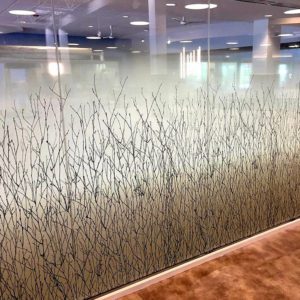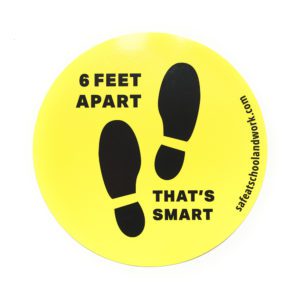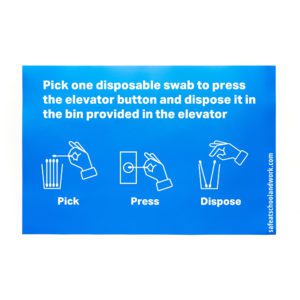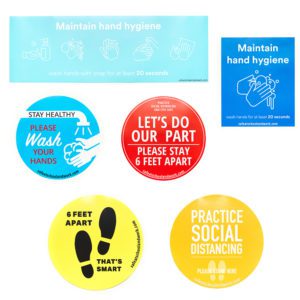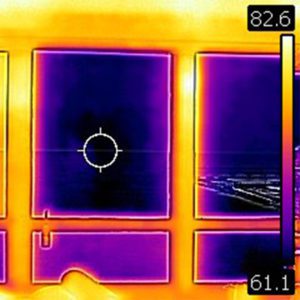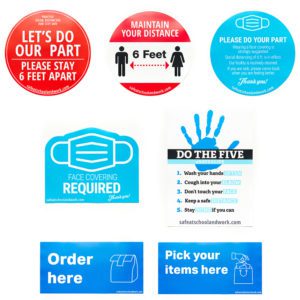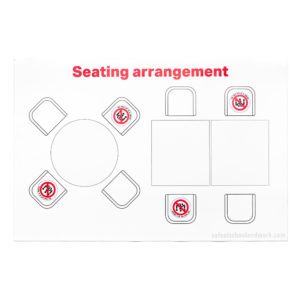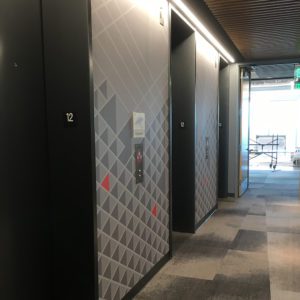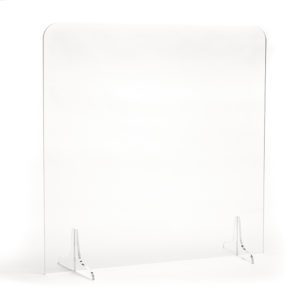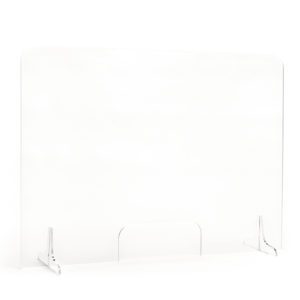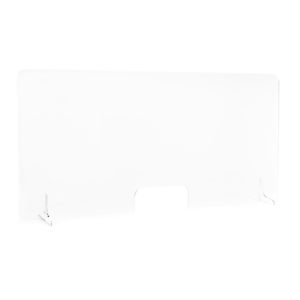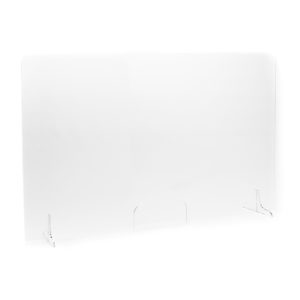
The latest technology for building modeling aids greatly in our efforts toward carbon zero buildings. From the orientation of your building to the shape, every aspect, including the type of
HVAC system you are using weighs into whether or not you are energy efficient. Building modeling and energy engineering have provided much-needed analysis for carbon zero buildings. Moreover, both are key in helping us reach carbon zero buildings by 2050.
Buildings use 75 percent of our nation’s electricity and 40 percent of its total energy. This equates to 35 percent of the country’s carbon emissions. Therefore, buildings have become a major focus in the pursuit of energy savings. Ensuring commercial building energy efficiency will make a huge dent in our goal.
What is Building Modeling and Energy Engineering
Also known as Building Energy Modeling, this process aids in code compliance, green certification, qualification for tax credits and utility incentives, and real-time building control for buildings of all shapes, sizes, and varying locales.
Building Energy Modeling is physics-based software that can simulate building energy use. It’s remarkable. An engineer can duplicate the exact size and shape of your building, including the orientation, exact HVAC system implemented, as well as lighting. None of this information is superfluous when it comes to analyzing how your building interacts with the sun.
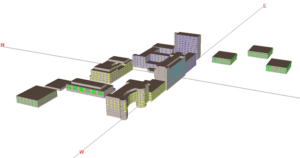
Hillcrest Campus
Also included in this analysis are schedules for occupancy, plug-loads, thermostat settings, and local weather. Once all of this data has been accumulated, the software uses physics equations to calculate thermal loads, system response to those loads, as well as resulting energy use.
This affords the building owner additional metrics like occupant comfort and energy costs. Consequently, BEM software programs help determine how much energy your building consumes prior to adding sustainable technologies, as well as following. In other words, your engineer can tell you then and there, where you are in the pursuit of carbon neutrality and your best-case scenario.
Department of Energy and eQuest Software
The DOE has supported research, development, and deployment of Building Energy Modeling since the 1970s. Additionally, the Department of Energy has used this software since its inception. They have been leaders in the implementation of BEM software and sustainability progress.
eQuest software was initially enacted under the 2005 Energy Policy Act of 2005 (EPACT). It has been and is to date, a pioneer in the industry. NGS has implemented eQuest since 2012. Doing so affords our customer base premier insight into the true energy consumption and greenhouse gas (GHG) effects of their buildings.
ENERGY STAR score
Much like your building is required to publicly post a capacity limit in the lobby, soon you may be required to post the energy efficiency rating of your building too. This has already become the standard in New York City for buildings over 25,000 square feet. More and more cities are holding their building owners responsible for low carbon emissions. Because the larger the building, the more carbon consumed!
“The ENERGY STAR score rates commercial building’s energy performance. Expressed as a number on a simple 1-100 scale, the score rates performance on a percentile basis: a building with a score of 50 performs better than 50% of its peers. Higher scores mean better energy efficiency, resulting in fewer greenhouse gas emissions.”
The Environmental Protection Agency (EPA) introduced the ENERGY STAR building rating system approximately 15 years ago. The EPA joined with the Natural Resources Canada to release the first-ever ENERGY STAR score for Canadian buildings. The format has since been implemented here in the States. Now, larger cities are utilizing this rating system to gain traction in our pursuit of a carbon zero future.
An effective source of energy efficiency
One of the greater issues with commercial buildings is the glass exteriors. These can be massive sources of solar transference. This equates to over-taxed HVAC systems and greater carbon emissions. Solar control window film has a huge impact on the sun’s transference into the interior of a building. Thus, preventing this transmission, or at least limiting it can aid greatly in the goal of carbon zero buildings.
Among the top 50 commercially available energy. conservation technologies, the Department of Energy ranked window film as a top-tier technology with the fastest payback ranking (approximately 3 years), and the highest probability of success.
Thanks to BME software, we can convey what your building needs to step into carbon neutrality, as well as your return on investment. This evaluation can also detail what type of window film would be best for you, as well as other possible improvements. Perhaps the west side of your building requires solar resistance, but the other three sides of your building do not.
Why would you add window film to all four sides of your building if it wasn’t going to increase your energy efficiency or improve your bottom line? You wouldn’t – if you knew better. That’s the knowledge our assessments provide.
NGS utilizes eQuest software to essentially map out your building and its orientation takes into consideration shading and goes to work. The results ensure the greatest possible conclusion on your ROI as well as your Energy Star rating.
Ready to learn more? Check out our building modeling and engineering page to learn more about our in-house services and capabilities.
Photo by Viktor Jakovlev on Unsplash



























